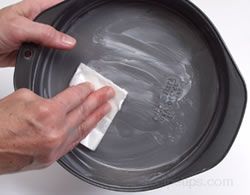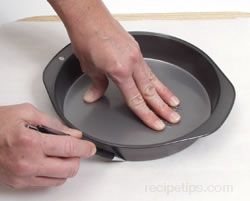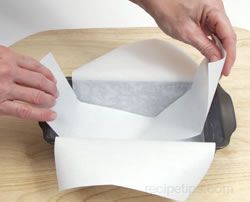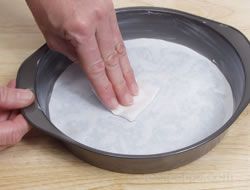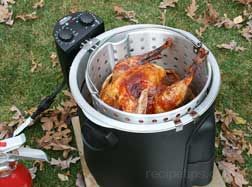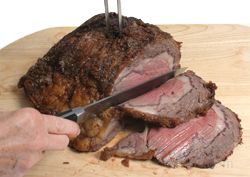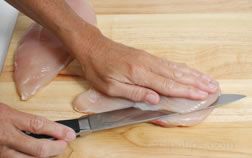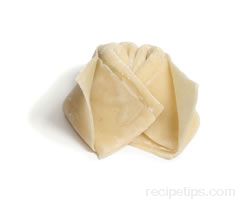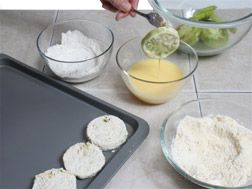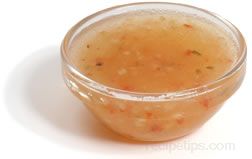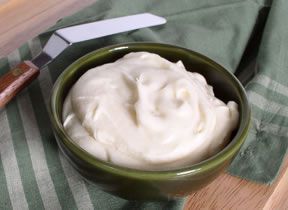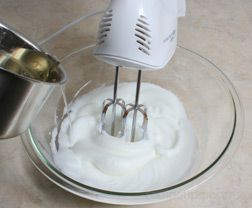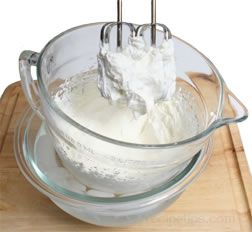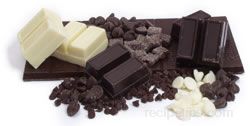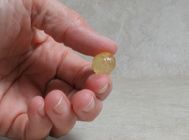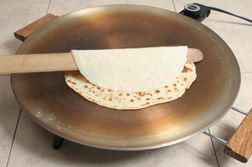|
Proper pan preparation will result in easy removal of the finish baked goods. There are several preparation methods that work well. Read the recipe carefully to identify the proper method to use. Some baked goods do not require special pan preparation so it is important to follow the recipe's instructions. Prepare the pan before mixing the batter so that the batter can be added to the pan as soon as it is done and then placed in the oven. This is important with some batters because they may loose their leavening power if they are left to stand too long. Some common pan preparation methods are shown below. Grease and Flour Pans
Lining with Parchment Paper
| ||||||||||||||||||||||
Loading
Pan Preparation

Read Reviews (1)

Provided By
RecipeTips
RecipeTips
Reviewed By RTMember13138
"Absolutely five (5) Star! Valuable stuff if you really want to be that great ... read full review"
"Absolutely five (5) Star! Valuable stuff if you really want to be that great ... read full review"

Loading

Reviewed By RTMember13138
"Absolutely five (5) Star!
Valuable stuff if you really want to be that great cook.
Knowledge is power and Memory is King.
Cookie."
Popular Recipe Pages
Popular Recipes
Advertisement
Advertisement



